Wood Burning Furnace with Radiators?
old_home_lover
11 years ago
Related Stories

FIREPLACESUpdated Woodstoves Keep Home Fires Burning
Better technology means more efficiency than ever for modern woodstoves
Full Story
LIVING ROOMSHow to Convert Your Wood-Burning Fireplace
Learn about inserts and other options for switching your fireplace from wood to gas or electric
Full Story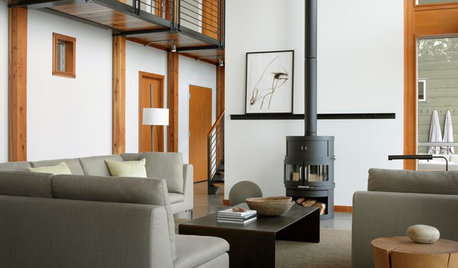
REMODELING GUIDESClean-Burning Woodstoves Ignite a Greener Heating Trend
No need to rely on oil or gas to heat your home — new woodstove designs burn cleanly and are beautiful to boot
Full Story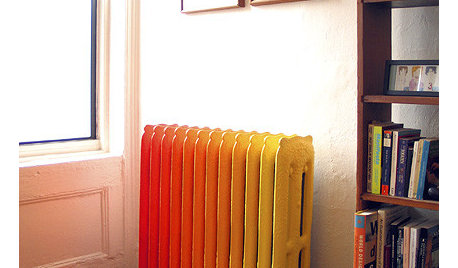
DECORATING GUIDESHow to Make Peace With Your Radiator
Turn a bulky, unattractive old heater into an appealing part of a room
Full Story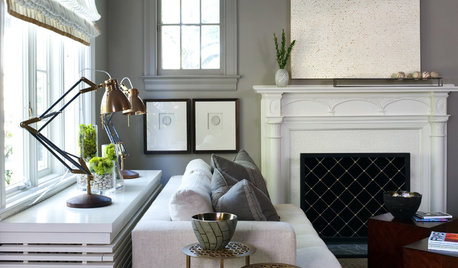
DECORATING GUIDESRadiator Covers Like You’ve Never Seen
From custom to DIY, these 10 ideas will help the radiator blend in, become a storage standout or both
Full Story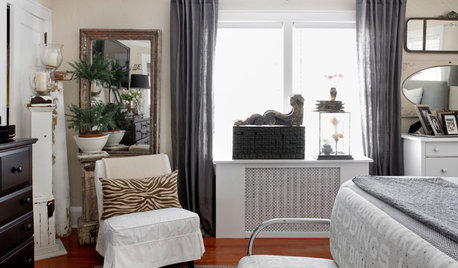
WINDOW TREATMENTSHow to Cover Windows Above a Radiator
Explore the window treatments — and window treatment combinations — that can work in this space
Full Story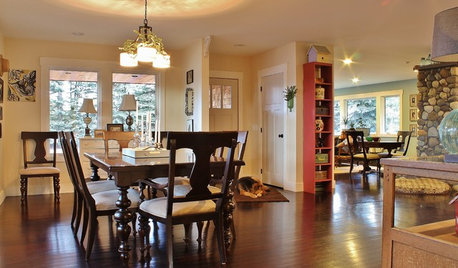
HOUZZ TOURSMy Houzz: Renovated 1912 Farmhouse Radiates Warmth and Charm
A Russian fireplace anchors a Washington family home filled with inherited, salvaged and flea market pieces
Full Story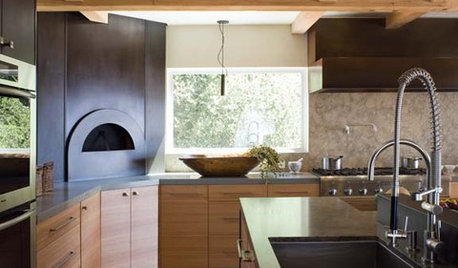
KITCHEN DESIGNKitchen Luxuries: The Wood-Fired Pizza Oven
If you love homemade pizza and are (ahem) rolling in dough, a wood-burning oven may be just the right kitchen investment
Full Story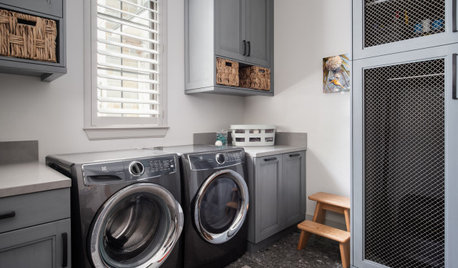
MONTHLY HOME CHECKLISTSTo-Dos: Your September Home Checklist
Prep your home for cooler weather with these tasks to do in an hour, over a weekend and during the month
Full Story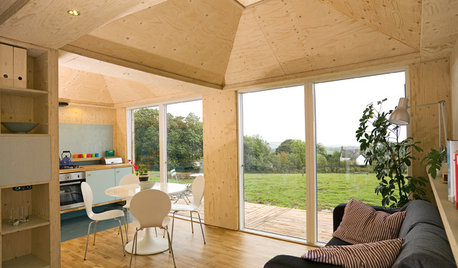
HOMES AROUND THE WORLD9 Houses That Show Why Wood Is the Material of the Future
Most people may associate wood with traditional homes, but in these innovative, modern structures, its uses are really branching out
Full Story











old_home_loverOriginal Author
old_home_loverOriginal Author
Related Professionals
Arcadia Kitchen & Bathroom Designers · Clarksburg Kitchen & Bathroom Designers · Owasso Kitchen & Bathroom Designers · Plymouth Kitchen & Bathroom Designers · Hoffman Estates Kitchen & Bathroom Remodelers · Mesquite Kitchen & Bathroom Remodelers · Omaha Kitchen & Bathroom Remodelers · Rancho Palos Verdes Kitchen & Bathroom Remodelers · Salinas Kitchen & Bathroom Remodelers · Sicklerville Kitchen & Bathroom Remodelers · Vashon Kitchen & Bathroom Remodelers · Glenn Heights Kitchen & Bathroom Remodelers · Keansburg Architects & Building Designers · Oakley Architects & Building Designers · Winchester Architects & Building DesignersClarion
liriodendron
liriodendron
old_home_loverOriginal Author
liriodendron
old_home_loverOriginal Author
liriodendron
old_home_loverOriginal Author
lazypup
old_home_loverOriginal Author